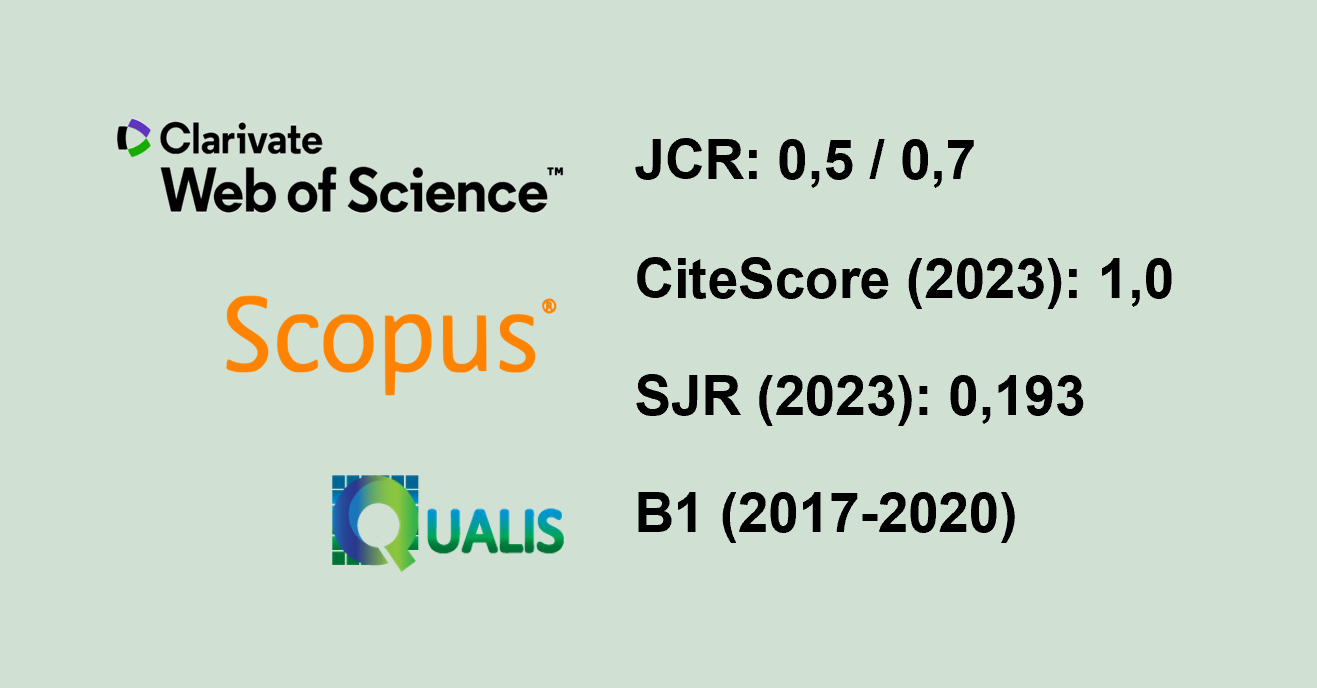The optimal replacement time for Harvesters
An economic analysis
DOI:
https://doi.org/10.53661/1806-9088202448263682Keywords:
Forest Harvesting, Harvesting Costs, Operational DevelopmentAbstract
This research sought to identify the ideal timeframe for replacing a Harvester, used in forest harvesting, employing a comparative evaluation of different economic methods. A John Deere 1270D harvester, equipped with a 270-model head was utilized in this study. The machine's cost per hour worked was calculated by adding fixed costs with variable costs. The methods used to determine the machine’s optimal replacement time were: the Total Average Cost (TAC) and the Equivalent Annual Cost (EAC), which consider discrete functions, and the Terminal Cycle and Constant Chain Replacement, which consider continuous functions. The four methods differed in their indication of the optimal replacement time for the harvester. Although the TAC is a simple and well-known method, it did not yield an adequate result (2 years). This is because replacing a forest machine usually occurs over a longer period of use, with current preventive and predictive maintenance routines. This discrepancy arises from the high acquisition and operational costs, as well as the method's failure to account for the variation of capital over time (interest rate) and the revenues or production of the harvester, which significantly affects the analysis. Utilizing the discount rate, the EAC proved to be more efficient than the TAC, yielding a result that is more aligned with the reality of the forest sector (6 years). Furthermore, it is the most widespread method in machine and equipment replacement studies due to its simplicity, ease of application, and efficiency. The Chain Replacement method provided an optimal replacement time between 7 and 8 years, also consistent with the reality of companies in the forest sector engaged in forest harvesting for an extended period. Therefore, this method can be considered in decision-making as it takes into account the cost and revenue variables of the machine. Determining the useful life of a machine used in forest harvesting from an economic perspective, or the period in which it performs its activities with the lowest operational cost, is directly related to its lowest production cost. In the present study, the most suitable methods to determine the optimal replacement time for the harvester were the EAC and the Chain Replacement method.
Keywords: Forest Harvesting; Harvesting Costs; Operational Development
Downloads
Published
How to Cite
Issue
Section
License
All authors agreed to submit the work to Revista Árvore and granted the exclusive license to publish the article. The authors affirm that it is an original work and has not been previously published elsewhere. The scientific content and opinions expressed in the article are the sole responsibility of the authors and reflect their opinions, not necessarily representing the opinions of the editorial board of Revista Árvore or of the Society of Forest Investigations (SIF).








